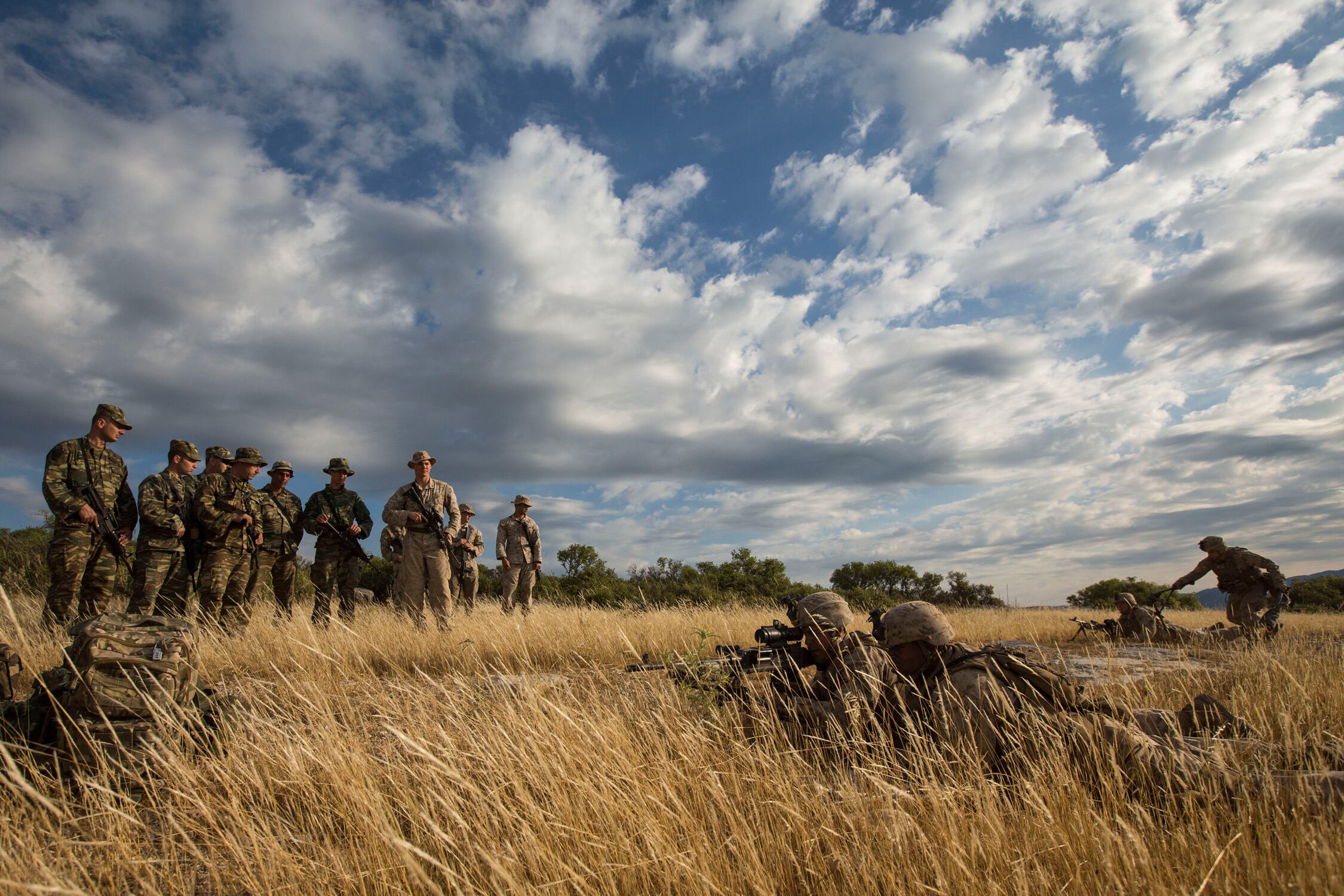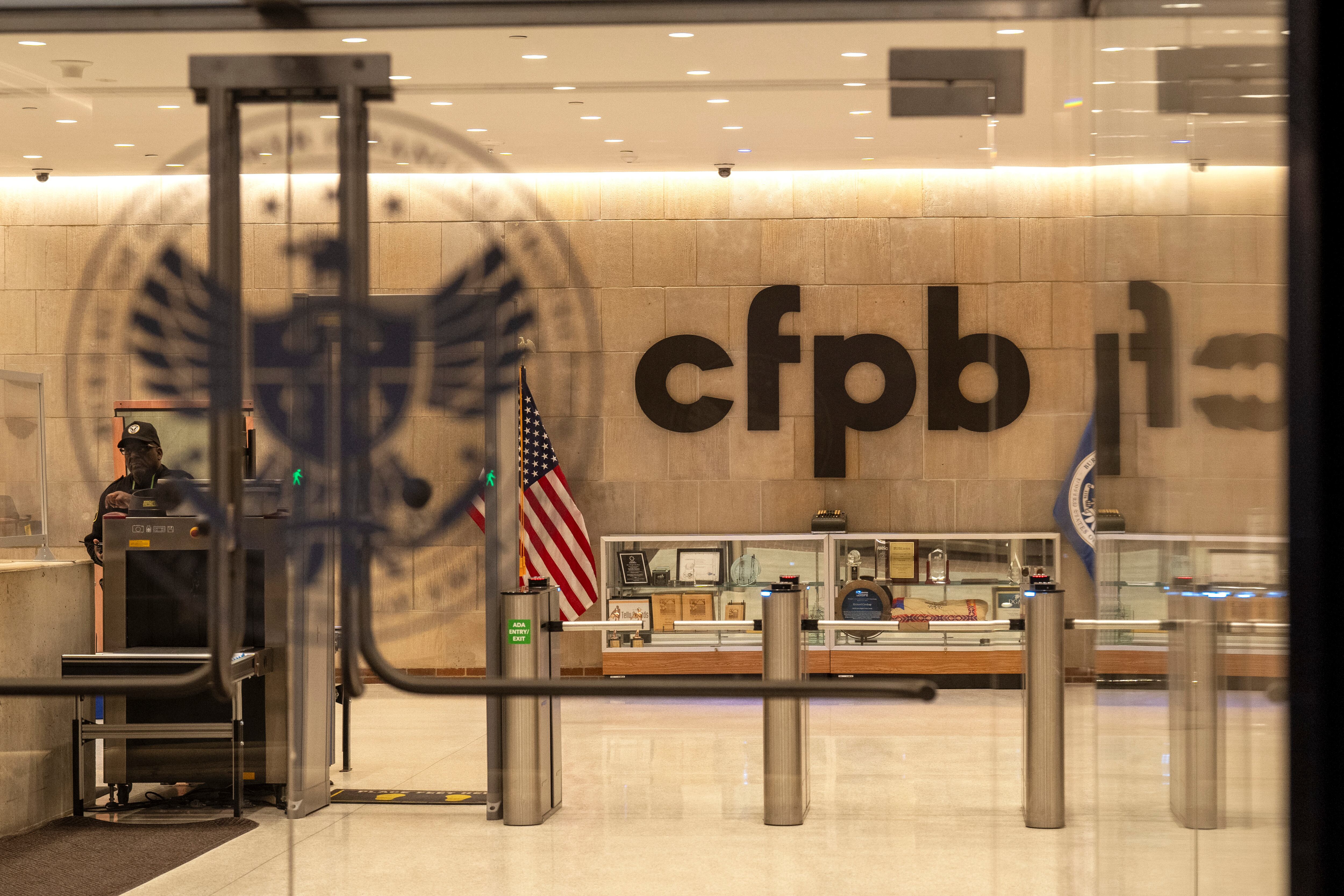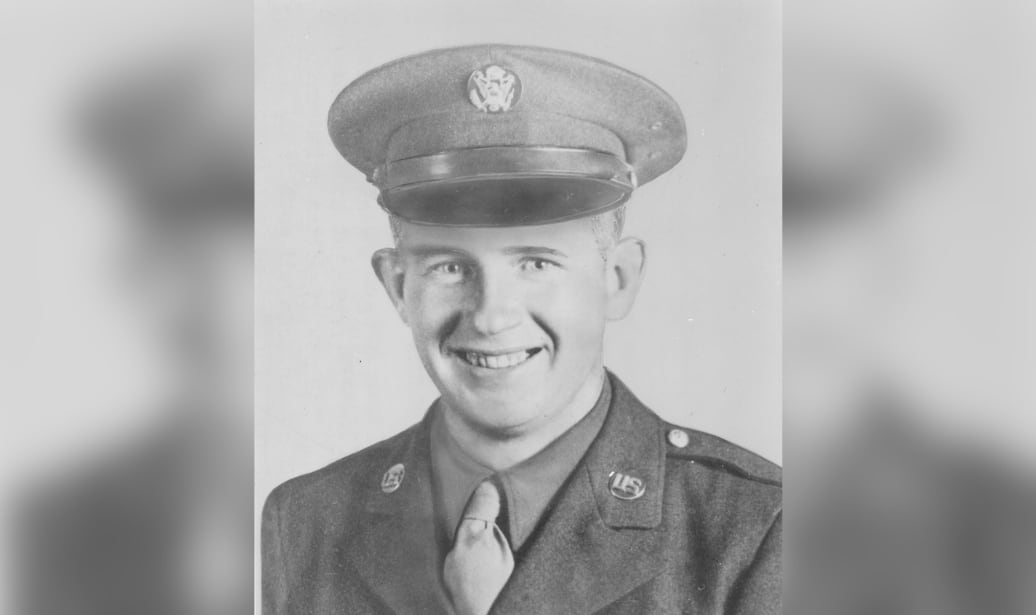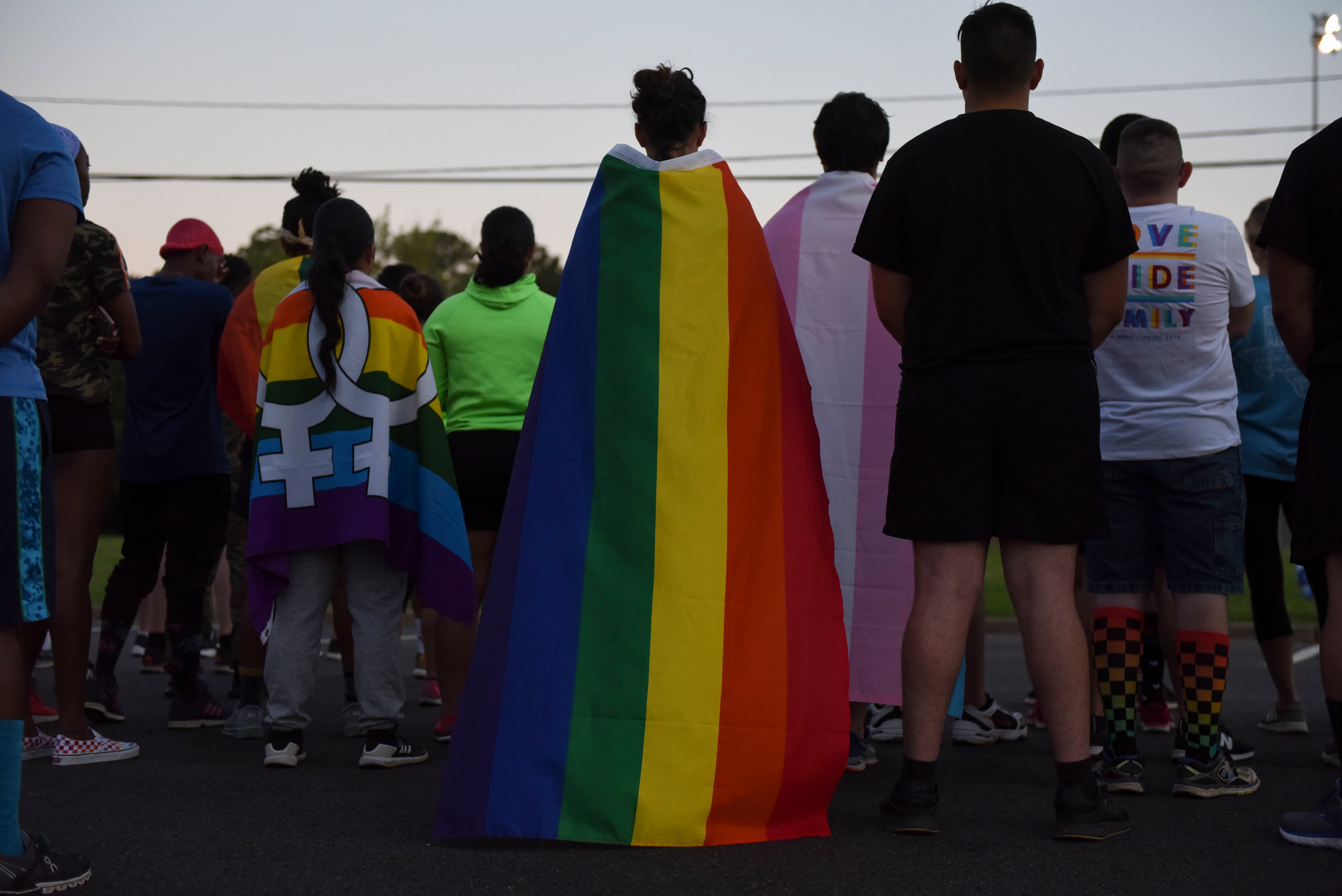The 4,500 sailors and Marines who comprise the Iwo Jima Amphibious Ready Group are nearly home after a successful, andbut atypical seven-month deployment to 5th Fleet.
The amphibious transport dock New York is scheduled to arrive at Naval Station Mayport, Florida, on SundayJuly 19. The amphibious assault ship Iwo Jima and dock landing ship Fort McHenry will arrive there the following day.
It was a unique deployment for many reasons, according to Capt. Michael McMillan, commodore of Amphibious Squadron 8. This seven-month pump came after only four months at home for Iwo Jima and New York. Complicating matters, Iwo Jima and Fort McHenry switched their homeport switch to Mayport in August 2014, right in the middle of work-ups.
The ships and the embarked 24th Marine Expeditionary Unit deployed in December, and had a crisis event occur shortly after arriving on station in January. The ARG soon conducted strategic transits of the Strait of Bab -el-Mandeb strait between the Red Sea and Gulf of Aden. The Iwo Jima and Fort McHenry were moved from the Gulf of Aden to the Red Sea to prepare for a possible evacuation of U.S. embassy personnel in the Yemeni capital of Sana'a. That order never came, as U.S. Central Command ordered an airlift evacuation instead, and embassy Marines destroyed their weapons. All ended well, but the decision has been harshly criticized by many lawmakers who felt a MEU-led noncombatant evacuation would have been safer.
The blue-green team enjoyed some well-deserved breaks — port calls ranged from Civitavecchia, Italy, to Duqm, Oman. But tThe ARG spent much of the next five months in the waters around Yemen as a Saudi-led bombing campaign and naval blockade unfolded.
"It was definitely a challenge to work toward the sea control and maritime security mission as an ARG, which is not normally our focus," McMillan said in a July 10 phone interview with Navy Times as conducted while his ships steamed across the Atlantic. "However, our presence there, our constant vigilance was able to provide a much-needed stability to keep the commercial flow of shipping going through there. Also, the ability for us to ensure the ports were open for humanitarian aid and closed for lethal aid."
Many adjustments were needed. For example, the MV-22 Osprey was used much like a Carrier Onboard Delivery, or COD, on an aircraft carrier, moving people, parts and mail.
"They were flying 600 miles for significant passengers and parts, which is normally way beyond any distance a helicopter would fly," McMillan said. "We were using them for missions they normally would not do, but because of the situation we were willing to adapt and go all-in with everything we had."
The blue-green team also enjoyed some well-deserved breaks — port calls ranged from Civitavecchia, Italy, to Duqm, Oman.

The Iwo Jima ARG and 24th MEU participated in some bilateral training as exercises. U.S. Marines demonstrated M-240B machine gun drills for their Greek counterparts in late June.
Photo Credit: Cpl. Todd F. Michalek/Navy
A long friendship and commitment to teamwork was the key to success, the commodore said. He and MEU commander Col. Scott Benedict first met July 6, 1986, when they were sworn in at the Naval Academy.
The classmates first brought members of their staffs together in February 2014. They met at AJ Gators, a watering hole near Joint Expeditionary Base Little Creek-Fort Story, Va. They discussed the way ahead over a couple of adult beverages, and committed to build a cohesive team from that point on. This camaraderie continued through the work-ups and certifications that followed.
Events that are typicallyraditionally unique to the Navy or Marine components found a joint team on hand as leaders sought to better understand all aspects of training and operations. During its deployment, that blue-green team leveraged the lessons learned in multiple multinational training exercises, to include a French bilateral exercise in Djibouti and Eager Lion 2015, which included Jordanian soldiers and Italian Marines.
"It's pretty incredible for me to be standing here 29 years later, and both be in command of 4,500 outstanding sailors and Marines while we are forward deployed at a time of crisis and making it happen," McMillan said. "That's a really good feeling."
Iwo Jima will start its maintenance availability period at the end of August. The New York will follow in December, and Fort McHenry will begin its availability in the spring.
McMillan, who called his current role "an incredible honor," will return with his staff to Norfolk and take command of the Amphibious Squadron 6 which includes the Bataan Amphibious Ready Group. That ARG returned in October 2014 from a nine-month deployment, and made headlines in 2012 when it logged a 322-day deployment — the longest in nearly 40 years.





